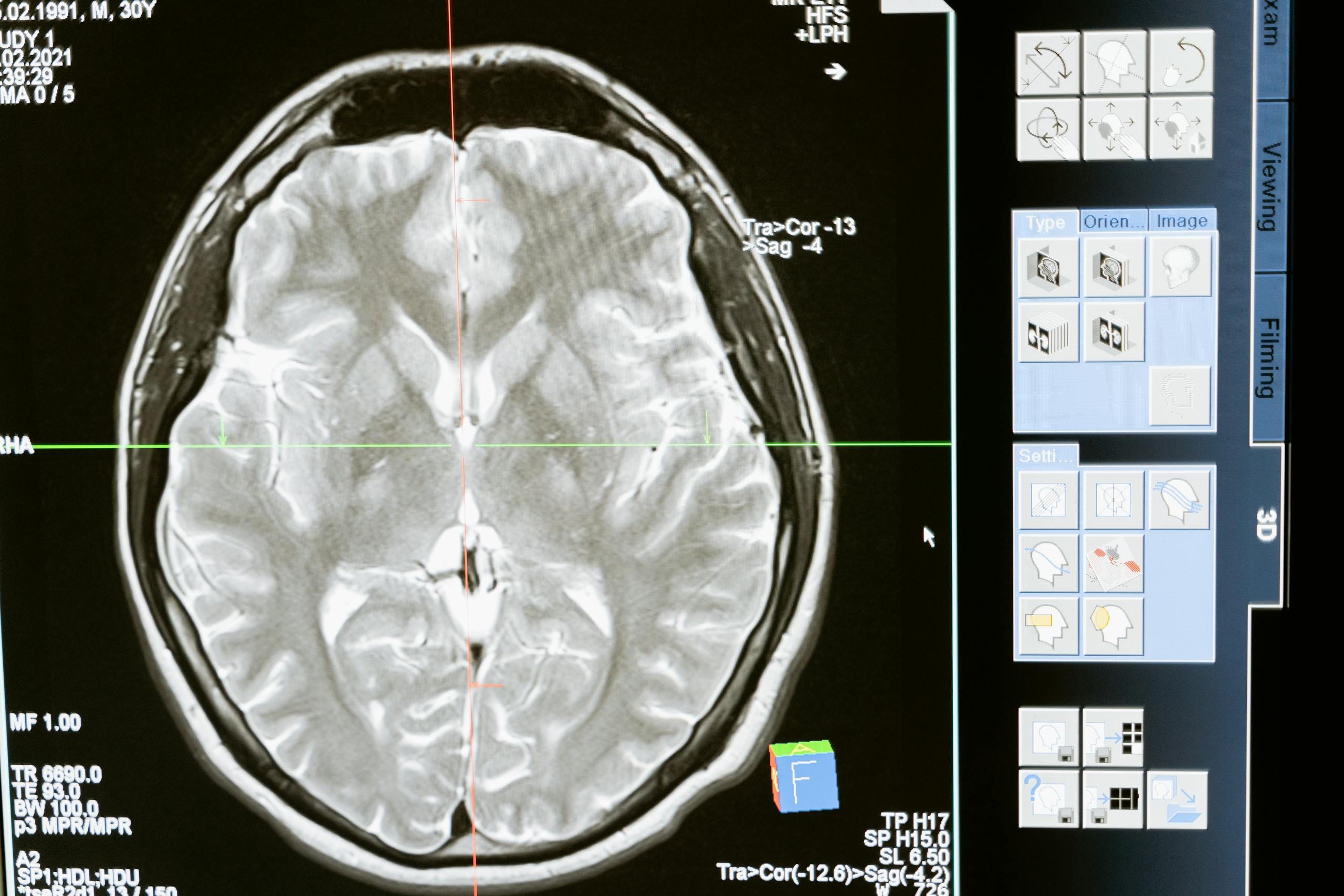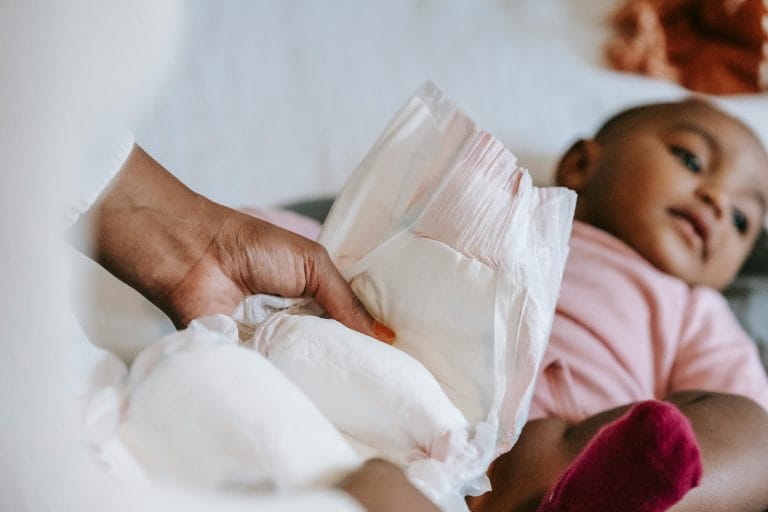HEBBIAN LEARNING DETAILED BREAKDOWN:
- Basic Principle 📚 “Neurons that fire together, wire together” – Donald Hebb (1949)
- When two neurons repeatedly activate simultaneously
- Their connection strengthens over time
- Forms the basis of associative learning
- The Mechanism 🔬
A) Synaptic Strengthening:
- Pre-synaptic neuron releases neurotransmitters
- Post-synaptic neuron becomes more sensitive
- Process called Long-Term Potentiation (LTP)
B) Chemical Changes:
- Increased neurotransmitter release
- More receptor proteins created
- Structural changes in synapses
- Types of Hebbian Learning 📋
A) Classical Conditioning: Homosynaptic Plasticity: The strengthening of connections between neurons that are activated simultaneously.
- Example: Pavlov’s dogs
- Neutral stimulus + Natural stimulus → Learning
- Creates new neural associations
B) Associative Learning: Heterosynaptic Plasticity: The strengthening of connections between neurons that are activated at different times, but are still related to each other.
- Linking multiple sensory inputs
- Memory formation
- Skill development
- Real-World Applications 🌍
A) Learning New Skills:
- Musical instrument practice
- Sports training
- Language acquisition
B) Memory Formation:
- Study techniques
- Memorization patterns
- Experience consolidation
- Key Research Studies 📊
A) Bliss and Lømo (1973):
- First demonstration of LTP
- Rabbit hippocampus study
- Proved synaptic strengthening
B) Eric Kandel’s Studies:
- Nobel Prize-winning research
- Sea slug nervous system
- Showed molecular basis
REFERENCE MATERIALS:
- Academic Sources:
- “The Organization of Behavior” (Hebb, 1949)
- “Principles of Neural Science” (Kandel et al., 2000)
- “Learning and Memory: Basic Principles, Processes, and Procedures” (Anderson, 2000)
- Research Papers:
- “Long-lasting potentiation of synaptic transmission in the dentate area of anaesthetized rabbit following stimulation of the perforant path” (Bliss & Lømo, 1973)
- “Hebbian Learning and the LTP Phenomenon” (Nature Reviews Neuroscience, 2003)
- Modern Applications:
- “Neural Networks and Learning Machines” (Haykin, 2008)
- “Deep Learning” (Goodfellow, Bengio, & Courville, 2016)
PRACTICAL IMPLICATIONS:
- Education 📚
- Spaced repetition works better than cramming
- Multi-sensory learning strengthens connections
- Active recall enhances neural pathways
- Skill Development 🎯
- Regular practice strengthens neural connections
- Consistent repetition leads to automaticity
- Varied practice creates flexible learning
- Memory Enhancement 🧐
- Creating associations improves recall
- Multiple pathways strengthen memories
- Active engagement enhances learning
- Rehabilitation 🏥
- Neural rewiring after injury
- Recovery through repeated practice
- Building new neural pathways
LIMITATIONS AND CONSIDERATIONS:
- Time Dependency
- Learning requires appropriate timing
- Too fast or slow reduces effectiveness
- Optimal timing varies by task
- Individual Differences
- Genetic variations affect learning rates
- Prior experience influences new learning
- Age-related changes in plasticity
🤓







